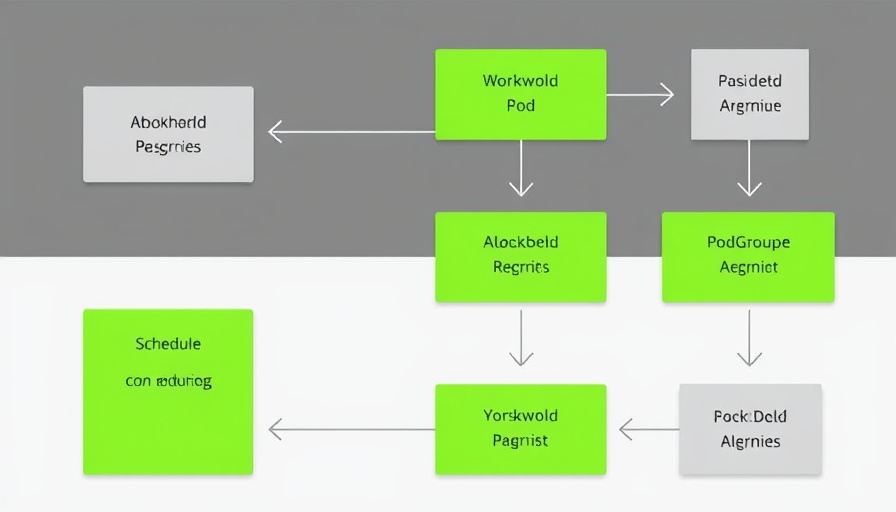
Nvidia Faces Investor Pressure Amidst Gushing AI Investments
As Nvidia prepares for its impending earnings report, investors are anticipating the company’s performance with a critical eye. The stakes couldn’t be higher for the leader in artificial intelligence (AI) technology. With hundreds of billions pouring into the AI sector, Nvidia stands at the forefront of a financial and technological revolution, yet the expectations placed on its shoulders are immense.
The AI Investment Surge
Nvidia has transformed from a traditional semiconductor manufacturing entity into the epicenter of AI development, primarily through its formidable lineup of GPUs (Graphics Processing Units). The demand for AI solutions has surged, largely propelling Nvidia’s valuation beyond $3.3 trillion, making it a pivotal player not only in the tech stock market but also in the broader financial realm. Currently, as numerous major companies including Amazon, Google, and Microsoft invest heavily in AI infrastructure, Nvidia is positioned to capture a sizable portion of this wealth, provided it can maintain its competitive edge.
Financial Expectations and Market Reactions
This upcoming earnings report on February 26 is pivotal. Analysts are predicting revenues to hit around $38 billion, a staggering 72% increase year-over-year, with earnings per share projected at $0.84, showcasing a 62% rise. While Nvidia has an impressive track record of exceeding Wall Street expectations, the current climate leaves little room for error. If Nvidia delivers strong results but fails to offer optimistic guidance, the stock could experience a significant decline, as often observed in the high-stakes world of tech stocks.
Challenges Ahead for Nvidia
Despite its leading position, challenges loom on the horizon. Supply chain constraints and competition from emerging players can potentially destabilize Nvidia's market dominance. Recently, the competition from DeepSeek, a Chinese AI firm, raised eyebrows when they proposed more efficient GPU training methods. While Nvidia’s CEO Jensen Huang has downplayed these claims, asserting that AI workloads are becoming more intricate and demanding, investors remain on high alert for any signs of vulnerability.
Investor Sentiment: Optimism vs. Skepticism
Investor attitudes towards Nvidia are decidedly mixed. While some applaud its unprecedented growth and potential within the AI space, others express concerns over the current stock valuation, which some argue already reflects an overly optimistic outlook. As seen through movements in the stock market, a well-received earnings report could lead to a rally, while a disappointing one may induce panic selling. The options market has currently priced in a 7-8% volatility post-earnings, suggesting that investors should brace for sharp fluctuations.
The Road Ahead: Will Nvidia's AI Reign Continue?
Looking towards the future, Nvidia’s strategy to maintain its dominance will be key. The company is betting on the successful rollout of its Blackwell chips, which promise to elevate performance in AI computations. However, the rigors of production, combined with increasing operational costs, will be critical factors in determining if Nvidia can continue to meet soaring global demand. Investors will undoubtedly dissect Nvidia’s earnings call for insights into chip supply projections, margin expectations, and broader market sentiment relating to AI expenditures from hyperscalers.
Conclusion: The AI Landscape is Changing, Are You Ready?
This earnings report will not merely reflect Nvidia’s health but will also serve as a barometer for the entire AI sector’s growth trajectory. Success could not only buoy Nvidia's stock, pushing it further into the stratosphere, but may also rekindle investor confidence across AI-focused equities. In contrast, a stumble might deliver a hard dose of reality to this rapidly inflating market. AI enthusiasts should stay tuned as the implications of Nvidia’s results could resonate throughout the industry.
 Add Row
Add Row  Add
Add 




 Add Row
Add Row  Add
Add 

Write A Comment